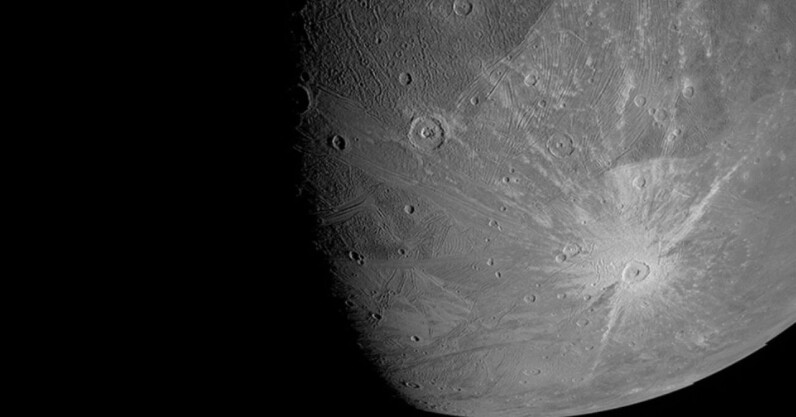Scientists detect water vapor in the atmosphere of Jupiter’s largest moon

Evidence of water vapor in the atmosphere of Jupiter’s moon Ganymede has been discovered for the first time. Astronomers used data from NASA’s Hubble Space Telescope to detect vapor rising from Ganymede. The findings could offer new insights about the moon’s atmosphere. Up front: Ganymede is the largest satellite in our solar system and three-quarters the size of Mars. Scientists have speculated that the vast oceans below its thick icy crust could host aquatic life. The researchers found evidence of water vapor in the moon’s atmosphere by reexamining Hubble data from the last two decades. The team analyzed ultraviolet observations of Ganymede collected by…
This story continues at The Next Web
from The Next Web https://ift.tt/3x8ta3q
Comments
Post a Comment